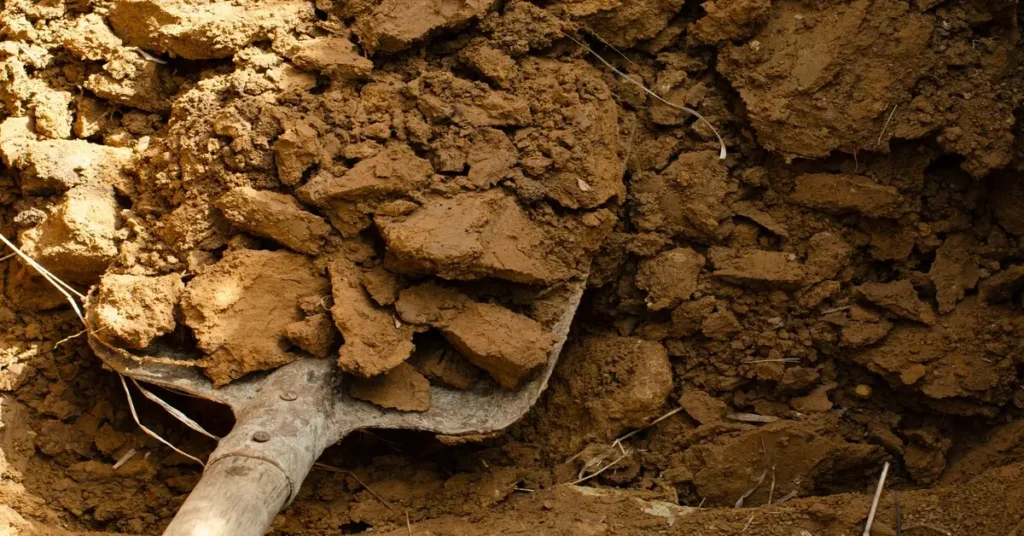Clay soil can present hurdles for gardeners. Its dense texture may deter plant growth, but with the proper understanding and methods, you can turn this type of soil into a gardener’s delight. Improving garden soil, especially clay soil, requires careful planning and execution. Let’s explore how to enhance the structure and fertility of your garden’s soil.
Identifying Your Soil Type
A soil test can reveal the specific properties of your soil, including its clay content, pH levels, and nutrient deficiencies. Knowing these details is the first step in amending your soil. Understanding your soil type is fundamental for soil improvement, ensuring you take the right approach to improve your clay soil.
Enriching Soil with Organic Matter

Add Organic Content: Compost, manure, and other soil amendments can enhance the texture. Organic matter helps connect clay particles, improving the overall soil structure and promoting healthy soil.
Utilize Fertilizer: Introducing the right fertilizer can further nourish the soil, allowing plants to flourish.
Grow Cover Crops: Plants like clover can add organic matter, improve soil health, and prevent waterlogging.
Soil Amendments: Choosing the Right Ingredients
Using Gypsum: Gypsum can break up compacted clay, changing the particle size and making the soil more manageable.
Be Careful with Sand: While adding sand can improve drainage, the incorrect amount may lead to further compaction.
Drainage Solutions: Keeping the Right Moisture Balance
Elevate Your Garden Beds: Creating raised beds enhances drainage and is a simple solution for dense soil.
Digging Deep: Deep cultivation allows water to penetrate the soil, avoiding waterlogging, and is a crucial aspect of soil improvement.
Gradual Improvement: A Commitment to Your Garden
Ongoing Care: Improving the soil’s texture takes time. Regular amendments and care will lead to gradual changes in soil over time.
Avoid Wet Clay: Working with wet clay can lead to further compaction. Allow the soil to dry to a workable state before tilling or planting.
Conclusion
Improving clay soil for gardening may seem daunting. Still, the right approach can transform even the hardest red clay into fertile ground. Remember, improving the soil structure is continuous, and patience and the correct methods will yield a thriving garden.
You don’t have to feel stuck with clay soil. There are many ways to improve it, and whether you want to improve drainage or increase nutrient uptake, the tools are all within reach. With these techniques, your soil will support growth and foster a healthy, thriving home garden where plants grow well in clay and create a joy to work with.



